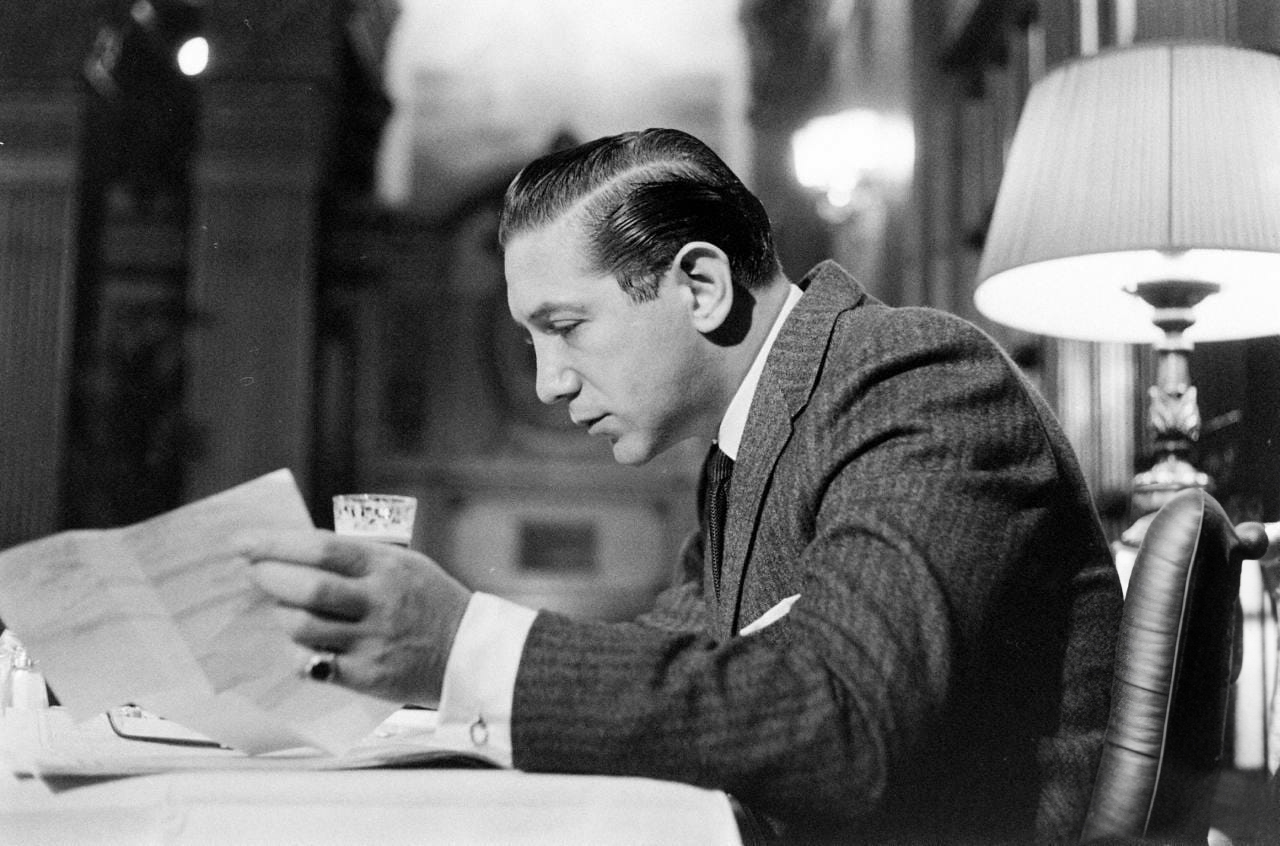The Dancer on Wall Street: Nicolas Darvas
One of the most colorful personalities on Wall Street in the 1950s was undoubtedly Nicolas Darvas. As a professional dancer, Darvas traveled the world with his half-sister and, on the side, amassed a considerable fortune through savvy investments.
The constant tours forced him to explore innovative ways in stock trading. Without access to real-time stock prices or timely market reports, Darvas may have developed his unique strategy for success.
Nicolas Darvas: From Dancer to Shareholder
Born in Hungary in 1920, Darvas studied economics and sociology at the University of Budapest. Instead of pursuing an academic career, he chose dancing, which became his passion and eventually his profession. In 1951, he traveled to the USA and toured as a dancer in post-war clubs.

During a show in Toronto, the club owner paid him with stocks worth $3,000. Initially forgetting about these papers, after two months, their value had tripled. Fascinated by the stock market, he began to study intensively and became an investor himself.
In the early 1950s, the USA experienced an economic upswing, reflected on Wall Street. This time provided the ideal framework for trend-following strategies like Nicolas Darvas’s.
Nicolas Darvas: Development of the “Darvas Box” Strategy
After years of observing stock price behavior, Darvas developed his “Darvas Box” strategy. He recognized that stock prices fluctuate within a certain range before rising. He compared this behavior to an athlete crouching before a jump. Darvas’ method was to visualize stocks in stacked “boxes.”
While on a world tour with his half-sister, Darvas regularly had the economic magazine “Barron’s” sent to him. Despite lacking real-time market information, he managed to implement his strategy through regular telegraphy with brokers. By April 1957, he had increased his fortune to $37,000, feeling validated in his approach.
The Dancer Nicolas Darvas Becomes a Millionaire
During the “Sputnik Crisis” in 1957, Darvas preserved his fortune by consistently placing stop-loss orders. He looked for heavily discounted stocks in emerging industries and waited for a clear trend. The first purchase orders came from Bangkok and Calcutta.
Upon his return to New York in 1959, Darvas continued his strategy and became a successful investor. With positions in companies like Texas Instruments and Litton Industries, he increased his fortune to over two million dollars. Supported by a strong bull market, Darvas was able to significantly boost his wealth in a few months. Nevertheless, he saw no reason to sell rising stocks but adjusted his stops and went on a European tour.


Wall Street Against Nicolas Darvas
In the 1960s and 1970s, Darvas published several books that remain popular today. His initial book success led to an investigation by the prosecutor for allegedly misrepresenting his profits.
In his second book, Darvas criticized Wall Street, referring to large investors as “players and croupiers” who clung to their stocks even when prices plummeted. Eventually, Nicolas Darvas withdrew completely from the stock market. He passed away in 1977 and found his final resting place in Paris.
